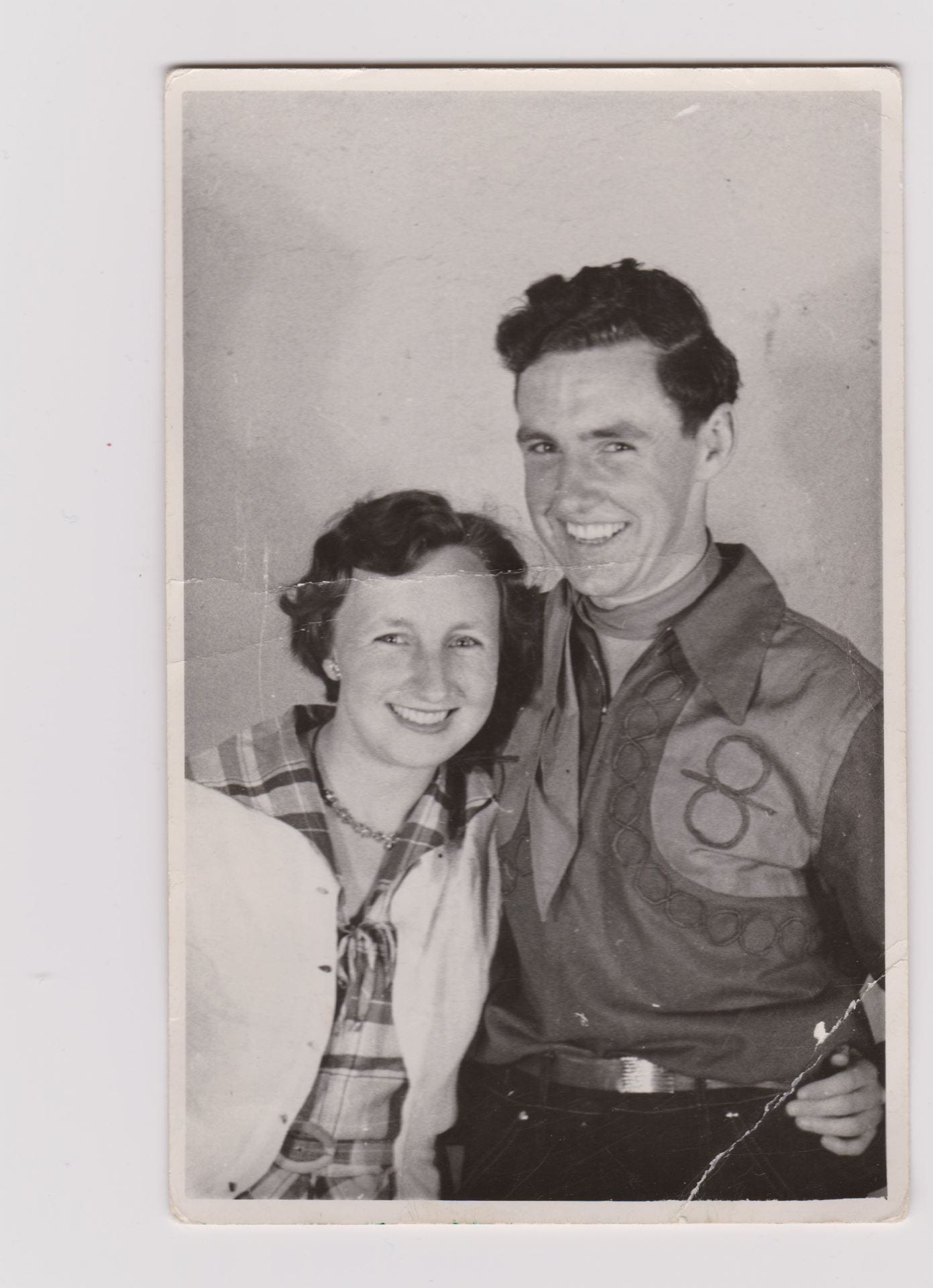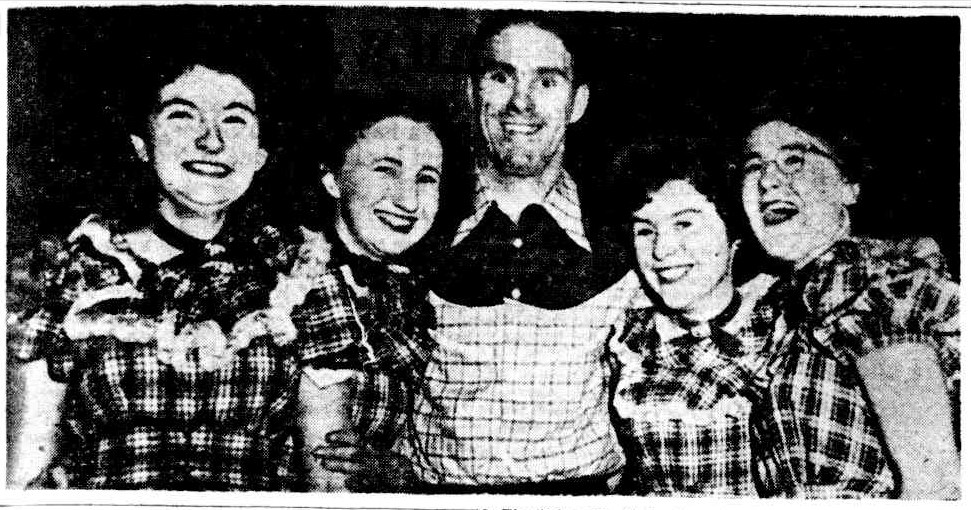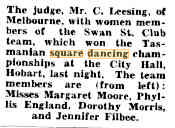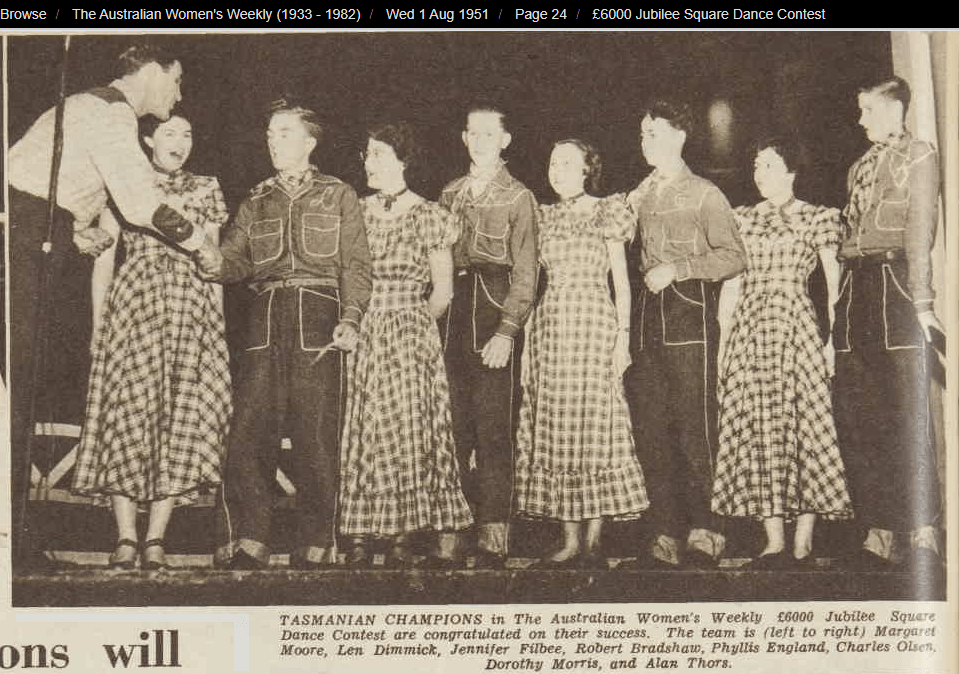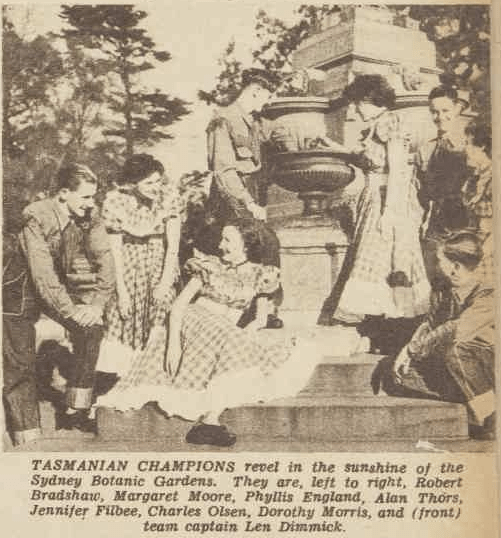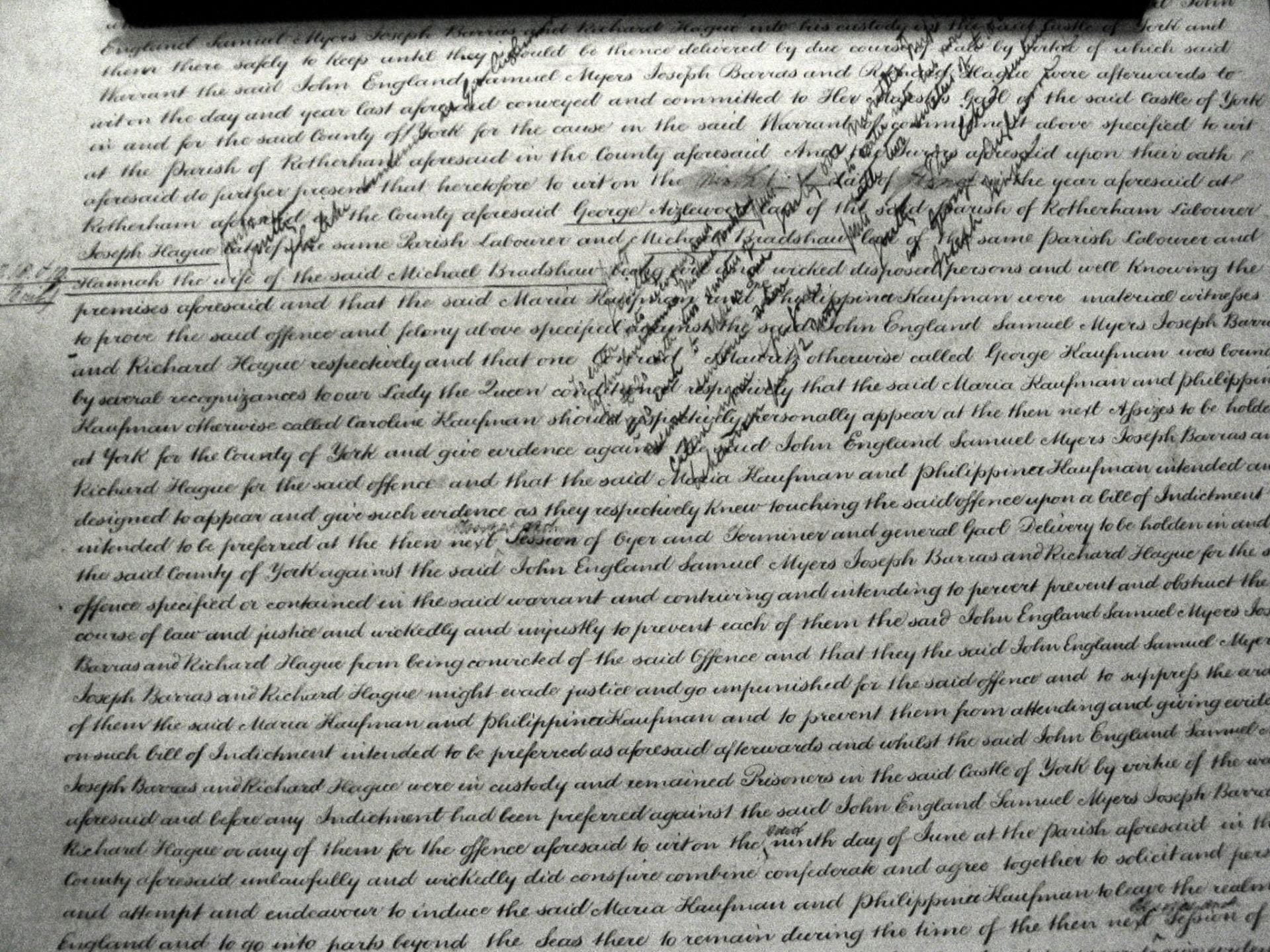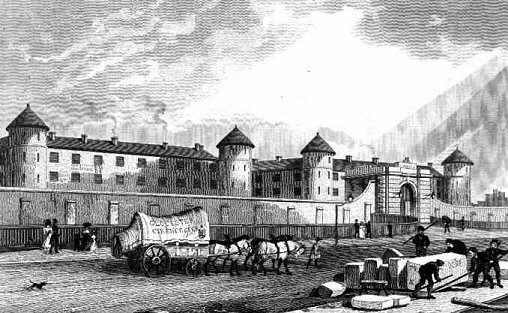As a child I can remember often being taken to the Hobart Regatta in February. We would hop on the tram at Glenorchy then walk to the regatta grounds.
As a family we would sit on the banks of the Domain and watch the boat racing, the slippery pole events, the rowing events and of course visit all the stalls and entertainment. We would eat our picnic lunch but also get a sausage on a stick and fairy floss. I loved going on the chairs that would swing wide out; maybe that’s why I also love rollercoasters.
Mum would often go when she was a child as her father Henry Lewis England was very interested in the boats.
I used to catch a tram with my dad from Sandy Bay to near the city hall and then walk to the regatta ground. Mum and Margaret used to come later after mum had cooked something for lunch, scones, cakes etc. We sat at the same spot every regatta day so relatives would come and leave their baskets of food and go and look at the stalls. There were plenty of side shows like the motorcycles in cages and boxing stalls as well as roundabouts, wave riders, lots of boats etc on the river, grease on bars at the river front, swimming from Rosny to the ground.
Mum’s oldest sister Iris would also go when she was alive and before mum was born. So it was definitely a family occasion.
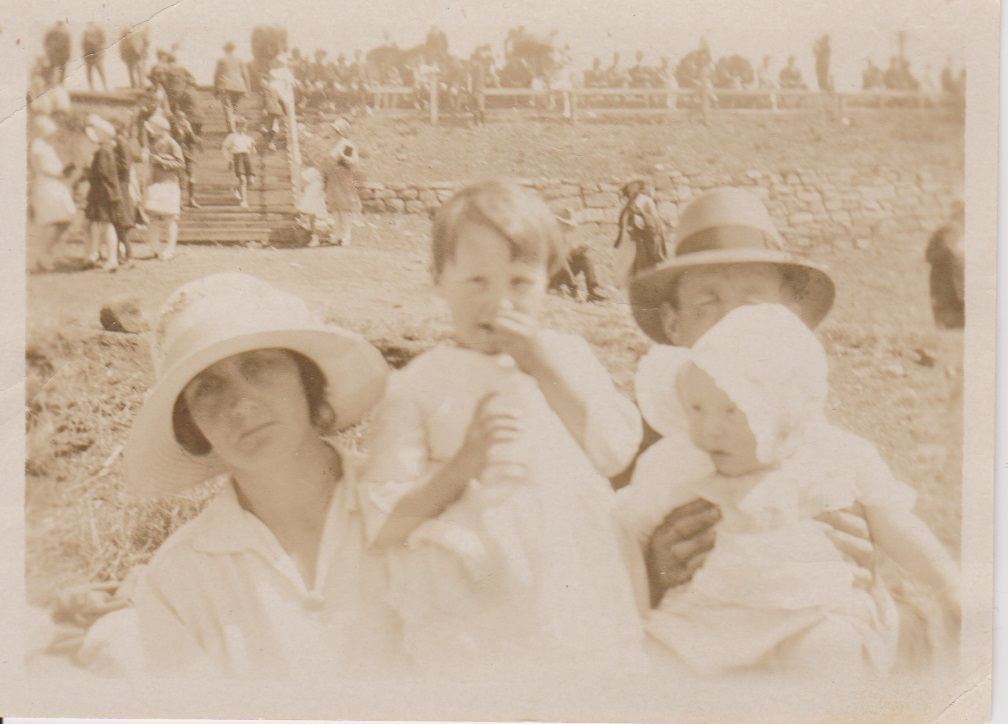

I notice everyone is wearing hats when they go out to the regatta. No slip, slop, slap then just normal commonsense.
Talking to dad he remembers
I went to the regatta by tram to the bottom of Liverpool St and then walked over to the ground. I remember going on the Ocean Wave which was a large circular seat and you were told to keep your legs out straight. Then they pushed the seat around and up and down. There was an old man that sharpened knives and scissors usually near the railway station. I went with Mum. I think I got some Fairy Floss but nothing else. Mum used to take me to lunch at the CWA tent, scones, jam and cream.
These memories are very different from what happened at early regattas.
History of regattas in Hobart
Being a city on the Derwent River, there have always been lots of boat races from the time of settlement in 1803.
- 1824 – two ships racing over a period of time – who won the most races?
- 1825 – letter to the editor about having regattas now and then in Launceston (north/south rivalry started early)
- 1827 – a great Marine Assembly but not one inhabitant invited
- 1831 – February – Great race between 11 boats mentioned in the Mercury – trouble at the start – was the keel of the winner longer than allowed?
- 1831 – Kings birthday on 22 August – big yacht race and regatta – fantastic description of crowds and events
- 1832 – prisoners on public works allowed a holyday for the Queen’s birthday and regatta but not those on the chain gangs, great description of the boats, winners and arguments about money for winners
- 1834 – a regatta dinner was held and many toasts given including to the Whale Fishery – the great source of our National Wealth
- 1838 – 1 December – Sir John Franklin, Governor of Van Diemens Land, gives up a portion of the Government Domain near the gardens which is jutting out into the Derwent River so the public can participate more in the future regattas. VDL resident writing about the regatta to a friend in England. Special date for this regatta.
The Centenary Regatta February 1938
Mum and her family attended this as shown by the second image above, but there were many memorable events at this regatta all mentioned in the local papers.
- Tasmania to celebrate not just Hobart
- Events begin early with a Trans Tasman race
- Front page article on history of the regatta
- Floodlights and chopping events
- Parking your car at the regatta
- More than 25000 at official opening
- Link with aquatic event in 1824 – mentioned above
- Chopping is a feature of the carnival, article here includes image
- Thinking back to early Hobart
- Side shows owners ask for reduction in rental
- Her grandfather was present at first regatta
- Photo of regatta from the air
- Concluding day of the carnival included fireworks
- Reasons it was a great regatta
- Abel Tasman and the regatta
Readers: Do you and/or your family go to any big regattas or big events in your local town? How long have they been going? What do you enjoy most about them?
